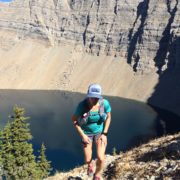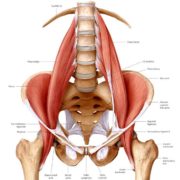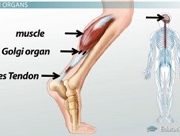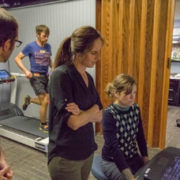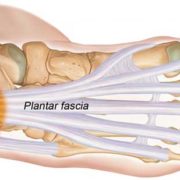by John Fiore, PT
With The Rut only four weeks away, now is the time to add a some climbing specific runs to
your training plan. Understanding which uphill running techniques work best for your body type, fitness, and experience will pay off greatly on race day.
Aerobic Fitness and Hill Interval Training:
Not everyone is a natural uphill runner, but natural ability is a small part of the uphill running puzzle. Aerobic fitness and high strength-to- weight ratio result in faster uphill times. Uphill interval training is necessary to build both aerobic and anaerobic fitness. Following a variety of uphill interval durations (from 30 seconds to 5, 10, 15 minutes) based on your running or racing goals will teach you how to effectively pace your efforts based on the terrain you are climbing. Uphill interval repeats will train your body to recover more efficiently at the top of a climb in preparation for the descent and the next hill. Uphill interval workouts are easy to find online, but Forrest at Runners Edge is a great local resource as well. He provides excellent uphill interval workouts during the current Rut Training Class. Basically, uphill intervals are not fun, they hurt, but you will hurt a lot more on race day if you have not done weekly uphill intervals, period.
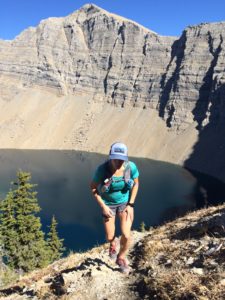 Uphill Running Technique:
Uphill Running Technique:
Body composition, aerobic fitness, and terrain dictate the most efficient uphill running technique. Below are examples of four uphill running techniques with some advantages and disadvantages of each.
Running every climb is obviously what every runner aspires to be able to do. When the grade kicks up for prolonged periods, however, energy conservation becomes important. A runner with a high strength-to- weight ratio (light but strong) and a high level of aerobic fitness may be able to run and leave the pack in the dust. Running posture should include an elongated trunk for breathing, slight forward lean to counter-balance gravity, short, quick, tall uphill strides, and rhythmical upper body arm swing. The energy cost of such superhuman efforts repeatedly during a run or a race can be huge, and slower but more efficient climbers may catch the fatiguing uphill runner. Again, know your limits by practicing your uphill running threshold during interval
training.
Power hiking with hands on thighs is the go-to technique for long, sustained climbs during long runs or races. Hiking uphill results in a lower heart rate which means you can sustain the effort for a longer duration. Gradient also dictates when a runner must resort to power hiking. Again, the gradient which requires hiking varies from runner to runner based on aerobic fitness and strength-to- weight ration. If you are being passed by power hikers and you are still slogging uphill in a run, then consider hiking. Using your hands on your thighs as you push off provides extra power, supports your upper body and spine, and allows for good breathing. Practice short, quick and longer, slower power hiking steps to see which technique suits your fitness and body type (leg length, strength) best. When you crest the top of the climb, transition back to running, breathe, and recover.
Power hiking with poles is similar to power hiking with hands on thighs, except the poles allow for longer stride length. Poles also aid in providing balance, and spread the muscle demand over four extremities rather than just two. Using trekking poles requires practice. Try an uphill interval workout with poles and practice pole placement. Poles provide great assistance while descending as well, and running-specific poles are light and can be easily stowed in your pack when not in use.
Uphill Terrain Running Agility:
It is important not to stare at your feet when running uphill. Look slightly ahead to plan your route and practice bounding uphill to increase your uphill running agility. Short, rocky, steep climbs are ideal for uphill bounding practice. Recover by jogging slowly back down the same hill. Feeling at home on varied uphill terrain (loose dirt, rocky trails, scree fields, and ridge lines) will insure confidence and efficiency on race day.
Upper and Lower Body Strength:
I may sound like a broken record, but strength is vital for efficient uphill running. Upper body strength will insure a rhythmical ascent and provide the counter balance for climbing legs. Using poles or hands-on- thighs both require upper body strength as well. A strong core will reduce the likelihood of low back stiffness or pain during prolonged climbs. Finally, moving your body weight uphill against gravity as quickly as possible requires strong quadriceps, hips, and gluteal musculature. For any specific questions related to uphill running technique-training, or injury treatment-
prevention, contact me at Sapphire Physical Therapy.
John Fiore, PT

